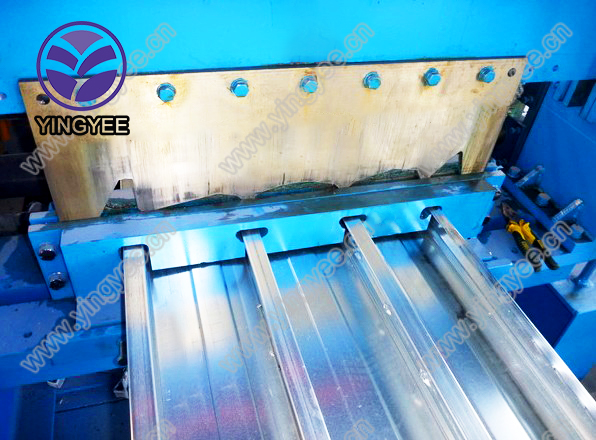
The Evolution and Importance of Drywall Making Machines
Drywall, also known as gypsum board or plasterboard, has become a fundamental component in modern construction. It is widely used for interior wall and ceiling finishes due to its fire resistance, soundproofing qualities, and ease of installation. The demand for drywall has subsequently led to innovations in the manufacturing processes, particularly the advancement of drywall making machines. This article will explore the evolution of these machines, their operational mechanisms, and their significance in the construction industry.
Historical Context
The roots of drywall can be traced back to the early 20th century when builders sought an efficient and cost-effective alternative to traditional lath and plaster walls. The introduction of gypsum board in the 1910s revolutionized building practices. As the demand increased, so did the need for machinery capable of producing large volumes of drywall. Initially, the manufacturing processes were manual, relying on simple tools and small-scale equipment. However, as construction boomed post-World War II, the drywall industry needed a significant upgrade in efficiency, leading to the development of specialized drywall making machines.
Mechanical Innovations
Today’s drywall making machines are marvels of modern engineering. The process begins with the preparation of raw materials, primarily gypsum, which is mined, crushed, and heated to produce stucco. This stucco is then mixed with water and additives to form a slurry.
The slurry is poured onto a continuous sheet of paper, and as it travels through the machine, it is evenly spread out to the desired thickness. The innovative feat of automation ensures that the slurry is consistently applied across long lengths, contributing to the uniformity and quality of the final product.
Once the slurry is applied, it is covered with another sheet of paper before entering a setting chamber. Here, the mixture undergoes a drying process, where the water is evaporated, and the board solidifies. The boards are then cut to standard sizes while still on the continuous production line. These machines are equipped with highly precise cutting tools that allow for minimal waste and maximum efficiency.
Advanced Features

Modern drywall making machines boast numerous advanced features that increase productivity and reduce operational costs. For instance, many machines are now equipped with computer control systems that monitor every step of the manufacturing process, ensuring that the settings are optimized for varying production scales and gypsum quality.
Moreover, quality control sensors throughout the production line continually assess thickness, moisture content, and overall structural integrity. This automation minimizes human error and ensures that only high-quality products reach the market. Many manufacturers are now adopting sustainable practices by recycling scrap materials and reducing energy consumption during the production process.
Impact on the Construction Industry
The implications of drywall making machines on the construction industry cannot be overstated. The streamlined production process has significantly reduced the time and labor costs associated with drywall installations. Builders benefit from a readily available, high-quality product that can be quickly installed, enhancing project timelines and overall efficiency.
Additionally, the consistent quality of drywall produced by these machines supports high building standards and safety regulations. In an industry where compliance and safety are paramount, the ability to produce reliable and uniform materials contributes to safer environments for occupants.
Future Trends
As technology continues to evolve, the drywall manufacturing process is expected to become even more sophisticated. Innovations such as artificial intelligence and machine learning may play a role in predictive maintenance and process optimization. The incorporation of eco-friendly materials and methods will further align the industry with evolving environmental standards.
Conclusion
Drywall making machines represent a crucial advancement in the construction sector, facilitating the production of a versatile building material that supports modern architecture. As the industry continues to grow, these machines will undoubtedly evolve further, adopting new technologies to meet the demands of a changing world. The impact of these machines on construction efficiency, safety, and sustainability cements their role as a backbone of modern building practices. With ongoing innovations on the horizon, the future of drywall production looks promising.